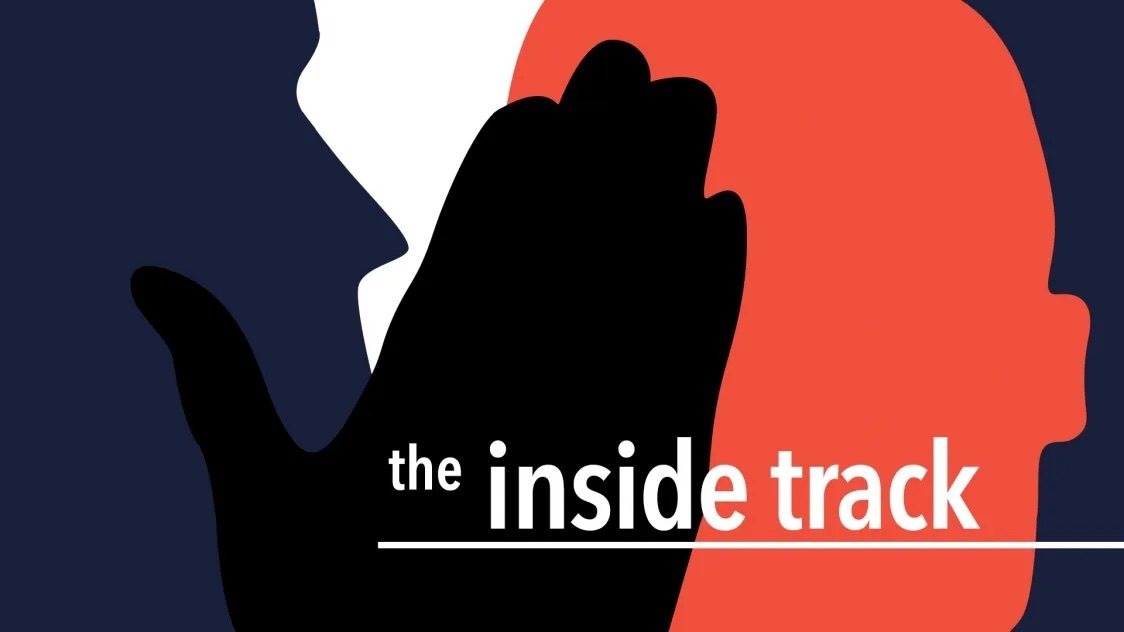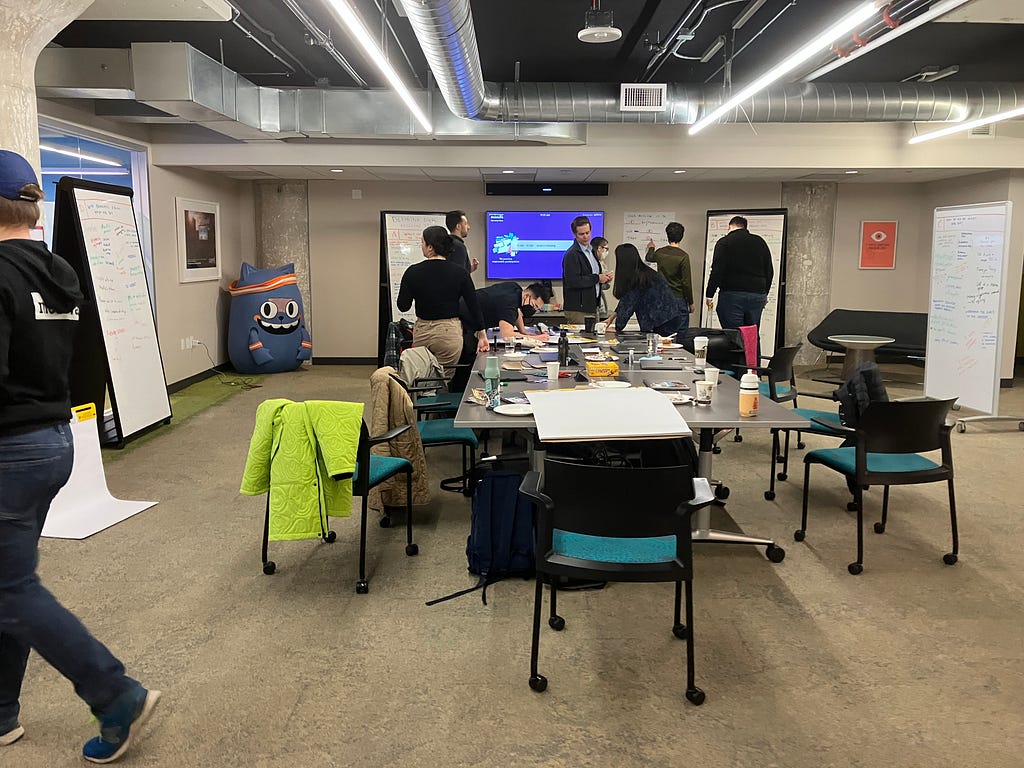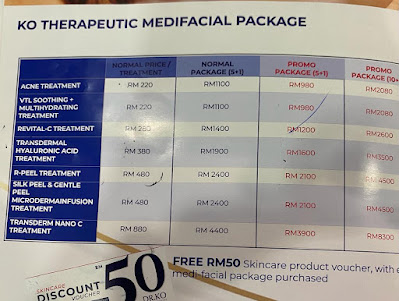 Unless you’ve been living under a rock for the last 2 years, you’ve most likely heard of the of the OP-1 (that is, if you follow new audio device and synth development). Teenage Engineering has been working for many years on this polished product (to the point that people would almost tag the item with vaporware) and has delivered a really solid tool which will leave its mark on the electronic music landscape. From the exterior the OP-1 is simply a new synth. But after playing with the actual device, you soon understand the vision behind the instrument.
Unless you’ve been living under a rock for the last 2 years, you’ve most likely heard of the of the OP-1 (that is, if you follow new audio device and synth development). Teenage Engineering has been working for many years on this polished product (to the point that people would almost tag the item with vaporware) and has delivered a really solid tool which will leave its mark on the electronic music landscape. From the exterior the OP-1 is simply a new synth. But after playing with the actual device, you soon understand the vision behind the instrument.
The revolution of the OP-1 is not a technical one, but a conceptual one. There was nothing new invented here. But never before has so much been packed into one synth: drum machine, step sequencer, effect processor 4-track tape recorder and mastering tool, without mentioning the FM radio receiver and the g-force. All this in a portable, battery-powered (16 hours of life!), beautifully designed machine.
What’s interesting about this tool is that it presents you with 8 synth engines that have only a limited amount of effects and settings, instead of giving you complete control over all the building blocks like other virtual analogue synths (VCO, VCF, VCA…). It might sound constraining at first, but I found it sparked my creativity to a new degree. As an example, when playing a classical non-digital instrument, you generally have no settings at all – you tune your instrument and that’s as far as you can go. While most synthesizers can be programmed and re-programmed indefinitely, the limited sound structure of the OP-1 is quite refreshing and actually helps my creativity.
The OP-1 takes you from just playing around to almost post-production. You can choose from a few synths, add some effects or pass the synth through some step sequencers. Once you’re ready, you can start recording on one of the 4-tracks you have. You can cut, copy, past, change the speed, and remix what you’ve played infinitely. Then you can add some drums to it. From these sampled sounds, you can cut in notes and again add effects, or feed them through the step sequencer and record them onto the 4-track tape. When you have all that in place you can record what you have on your tape onto vinyl – where you can master your track. This is where you can add your fade in/out of your track and more effects, with even some compressor filter to add humph to your sound. Once that it’s all perfect you can simply plug your device into your computer and retrieve your completed track in high quality audio without any noise. I really like that final touch where the track is brand spanking clean.
The OP-1 is quite intuitive and it was exciting to play around to find all of its secrets before reading the manual (almost like a video game!). There are only 2 or 3 functions that were harder to find (the radio and the g-force modulation) so for me the instrument was indeed intuitive! The graphical relation makes it easy to find and remember all the settings, all the knobs are color coded and represent setting on the small screen. Compared to, let’s say, the microKORG XL (as an example of another battery-powered programmable synth), it’s day and night. With the synth engine of the microKORG XL, even if you can pretty much create any sounds, the sense of infinite possibility actually reduced my creativity. I spent most of my time trying to craft the perfect sounds, which in the end never happens. Somehow, the simplicity of the OP-1 is really its charm.
On the downside of the instrument, there is some electronic noise when you connect your device to a sound system or to your headphones. It’s not a major problem, but when working with a lot of silence and low volume music, it does get in the way. But this is only if you play live, since you can master your track directly on the OP-1 which saves it as a .wav file that you can retrieve trough USB disk mode. Leaving you with a perfectly polished audio track (yum).
The OP-1 has brought a lot of food for creativity, and the enjoyment I have with the device resembles the enjoyment of a video game. It puts the ‘play’ back in playing music. I can bring it everywhere and polish a track on the go, or simply find free space on the 4-track to scratch some new ideas about the next track. And if I am not ready to play but still have an idea, I can simply whistle the tune so I can continue later.


















